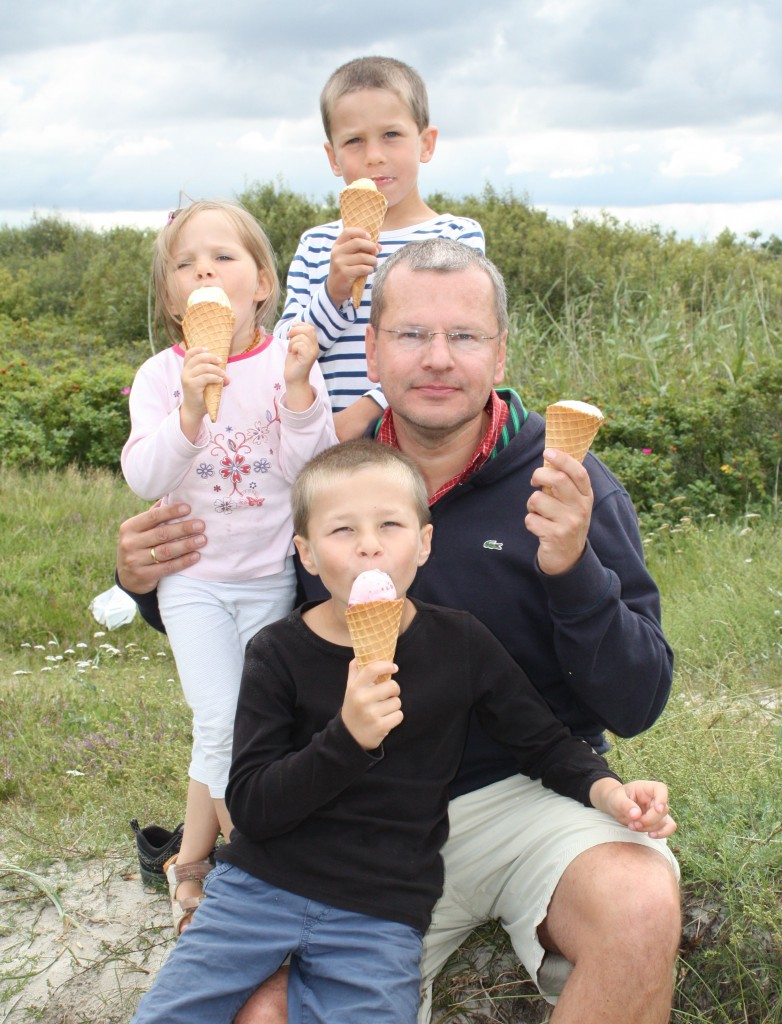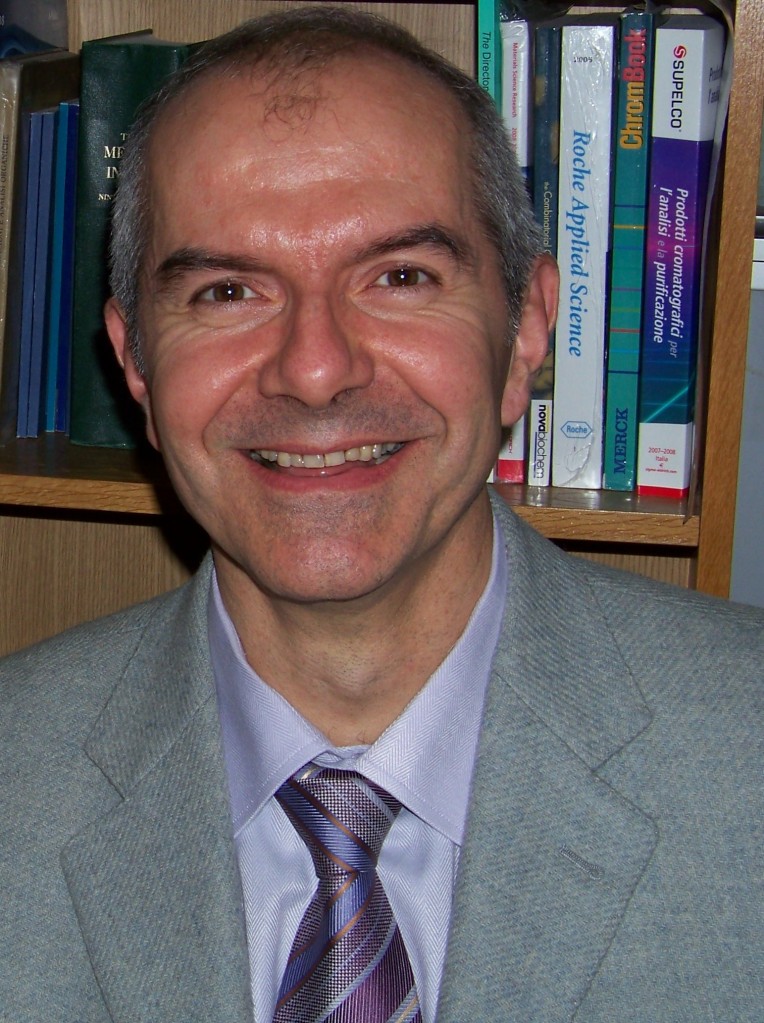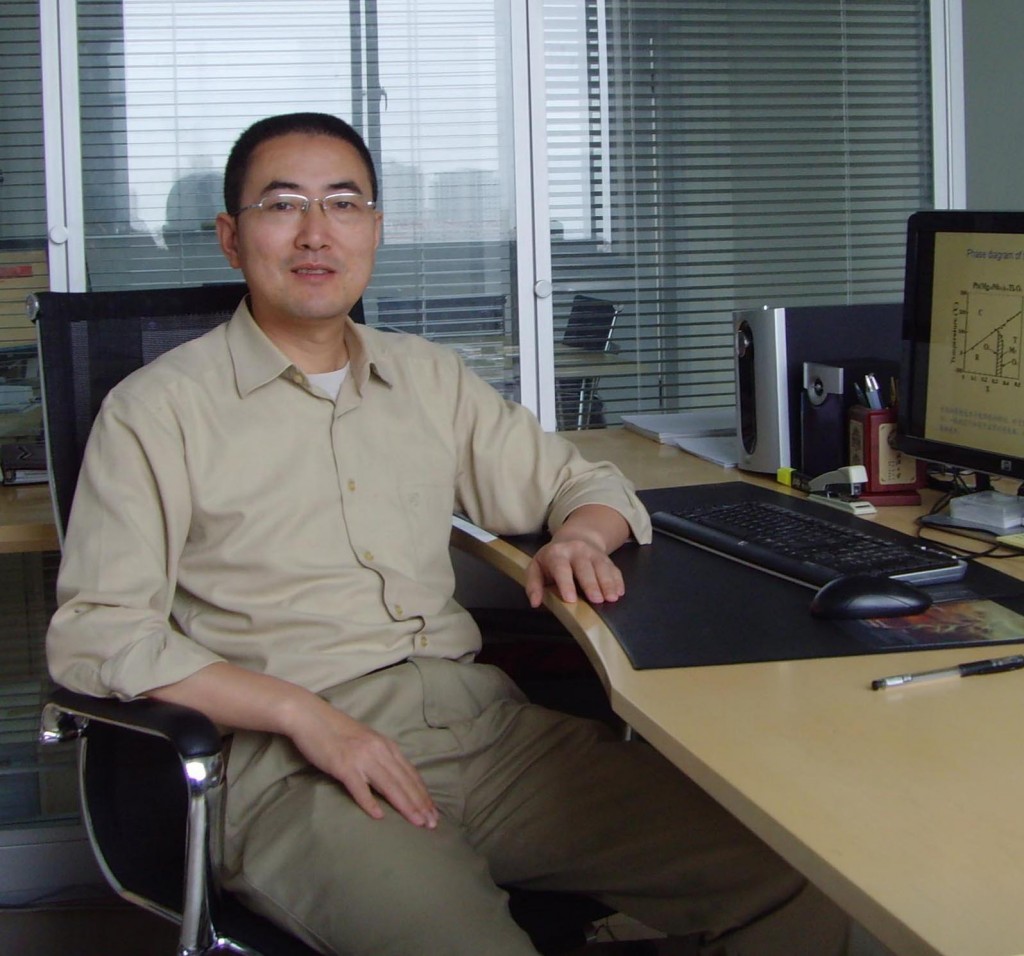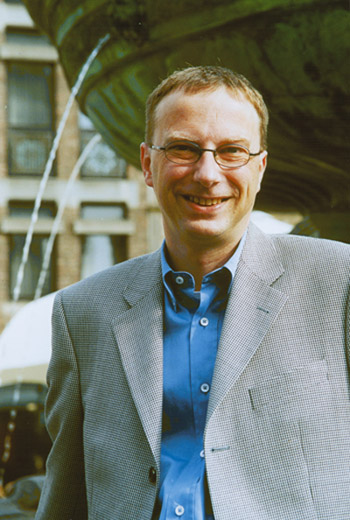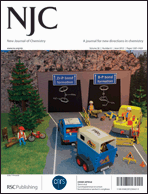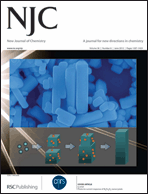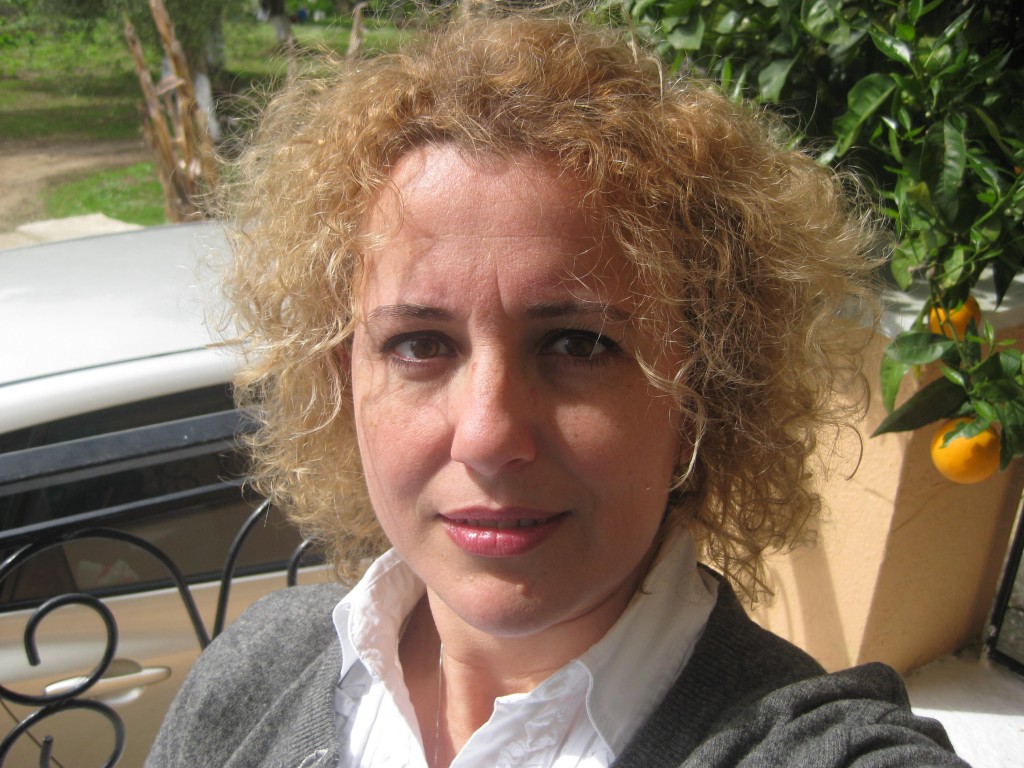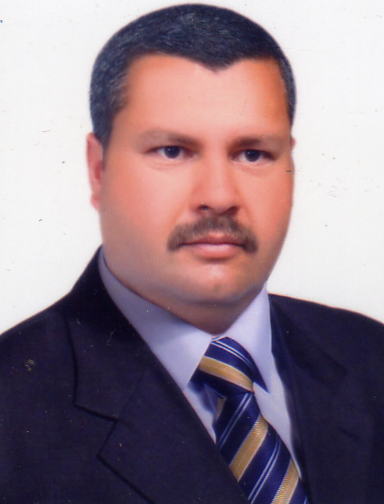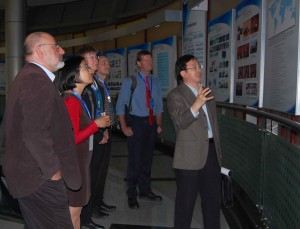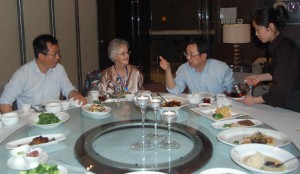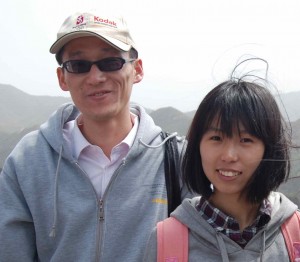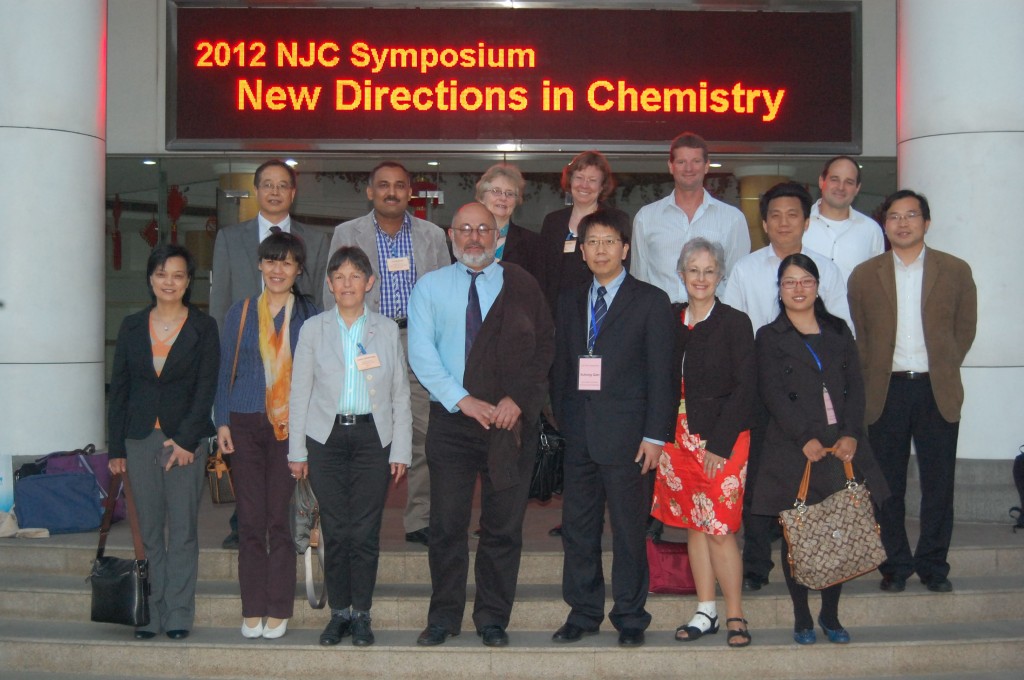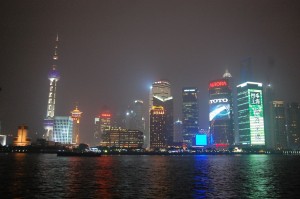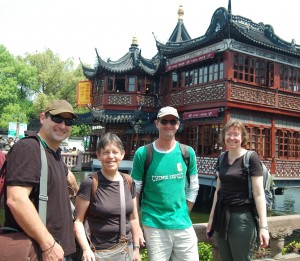The summer conference season is about to get into full swing, with NJC editors attending 4 conferences this July. (Next month I’ll write about the conferences coming up later in the summer.)
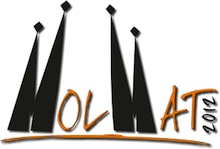 |
Assistant Editor Yannick Guari will represent NJC at the Vth International Conference on Molecular Materials (MolMat), chaired by Dr Guillem Aromí in Barcelona, Spain from July 3–6. NJC will have a stand, where delegates can pick up copies of the June 2011 themed issue on molecular materials. You can browse the contents list here. |
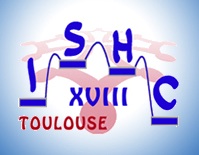 |
Yannick will then be going on to Toulouse, France for the 18th International Symposium of Homogeneous Catalysis, which will take place July 9–13 with chairs Professors Rinaldo Poli and Philippe Kalck. Contact Yannick if you wish to meet him there, as he’ll only be there for a day or so. |
| As for Assistant Editor Laurent Vial, he’ll be attending the 19th International Conference on Phosphorus Chemistry, being organized by Prof. Koop Lammertsma in Rotterdam, The Netherlands from July 8–12. | |
|
Managing Editor Denise Parent will be in Coimbra, Portugal for the XXIV IUPAC Symposium on Photochemistry from July 15-20, which is organized under the direction of Professor Hugh Burrows. |
NJC is a sponsor of the first three conferences in the list; please don’t hesitate to contact any of us if you will be attending any these conferences. We’d be delighted to meet you!













